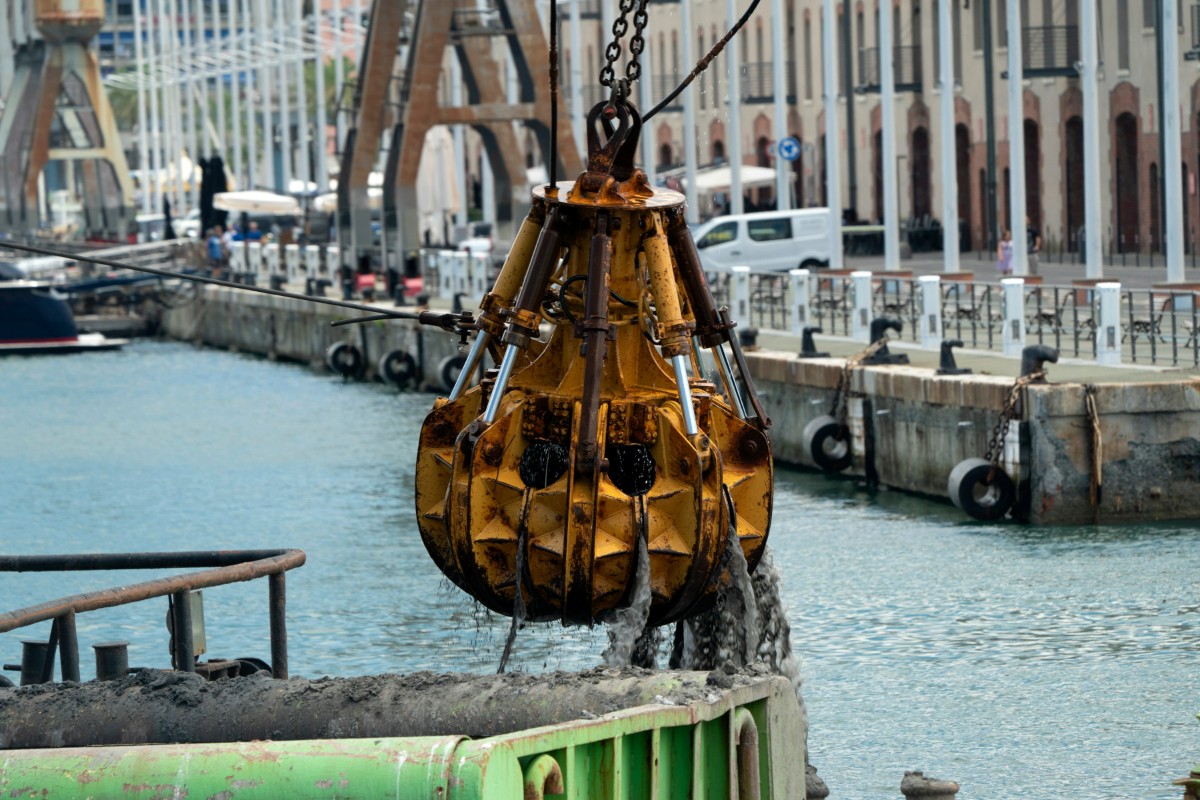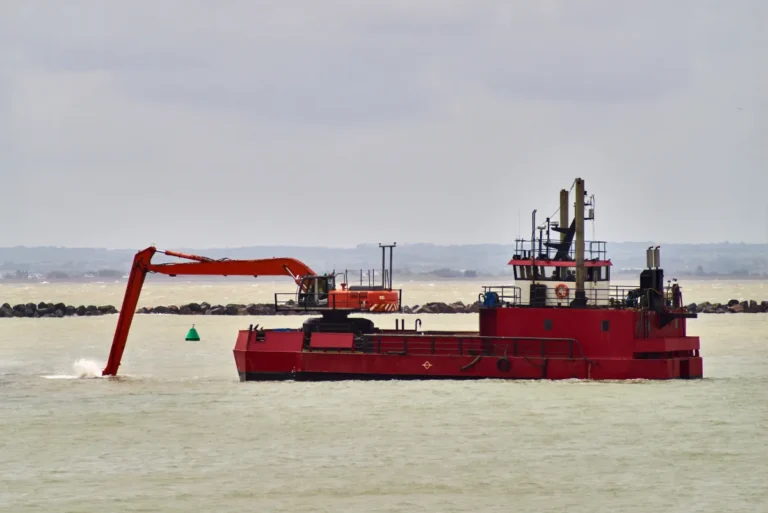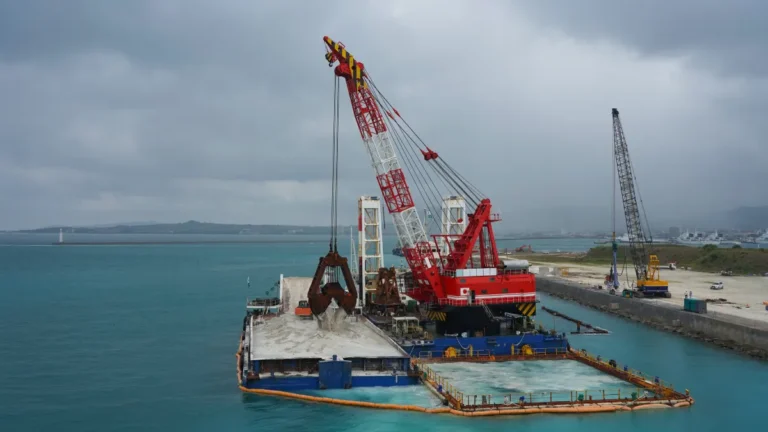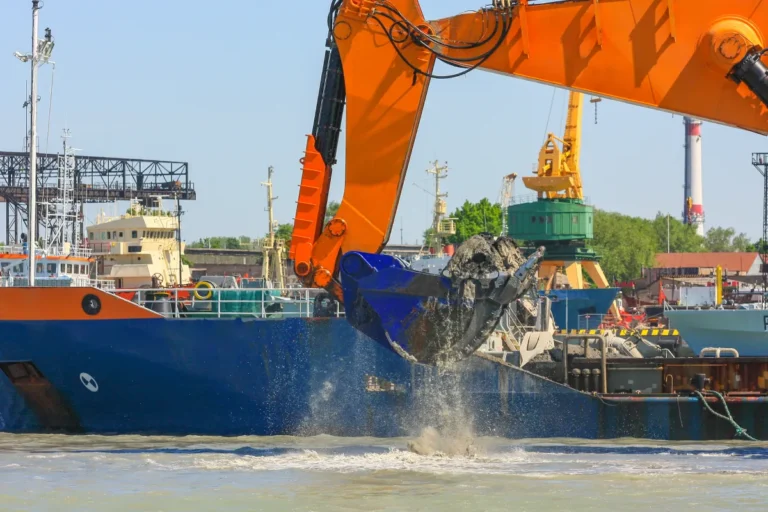Sand dredging plays a vital role in supporting industries such as construction, mining, marine development, and coastal protection. From deepening rivers and maintaining shipping channels to reclaiming land and nourishing beaches, the success of these projects depends on selecting the right sand dredging equipment. With options ranging from mechanical excavators to advanced hydraulic systems powered by sand pumps, understanding the different equipment types and their applications is essential for maximizing efficiency, reducing costs, and ensuring compliance with environmental standards.
Mechanical vs. Hydraulic Sand Dredging: A Core Distinction
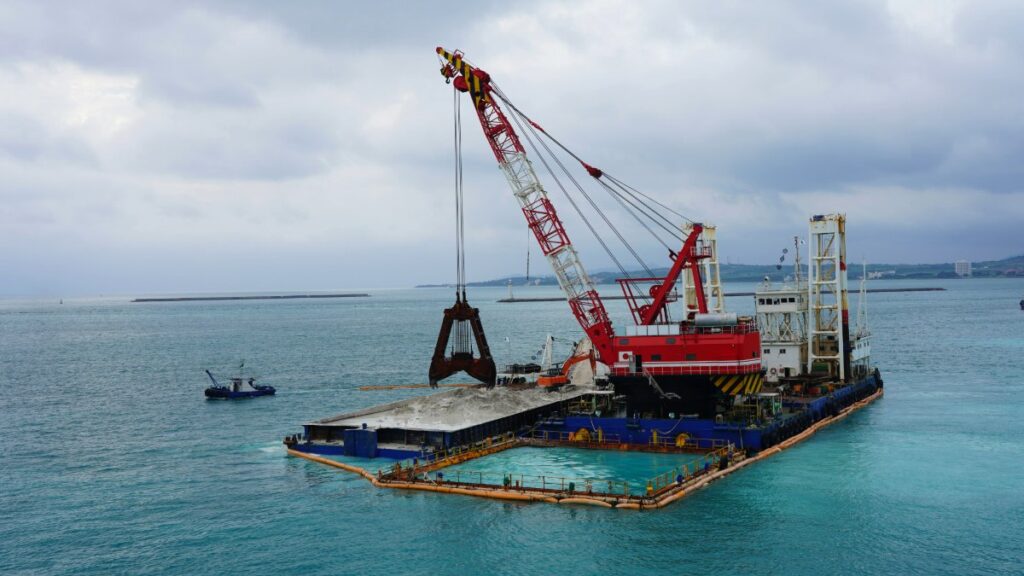
Sand dredging equipment is broadly divided into two categories: mechanical dredging and hydraulic dredging. Mechanical dredging relies on heavy-duty machinery such as excavators, buckets, draglines, or clamshells to physically scoop and remove sand from riverbeds, shorelines, or pits. This approach is straightforward and effective for smaller or shallow-scale projects where precise excavation is required. It is often preferred when working near shorelines, in restricted areas, or when handling compacted materials that demand direct digging power.
Hydraulic dredging, on the other hand, uses sand-dredging equipment such as slurry pipelines, suction systems, and sand pumps to move large volumes of sand mixed with water. This method is highly efficient for projects requiring continuous transport of sand over longer distances, such as beach nourishment, river deepening, or port maintenance. Hydraulic systems are especially valuable in deeper water applications where mechanical methods become less practical.
The choice between mechanical and hydraulic dredging depends on multiple factors, including material type, dredging depth, project scale, and discharge requirements. Some projects may even integrate both methods—using mechanical equipment for localized excavation and hydraulic systems with sand pumps for transport—to maximize productivity and reduce downtime.
Cutter Suction Dredgers (CSDs): Precision Sand Excavation
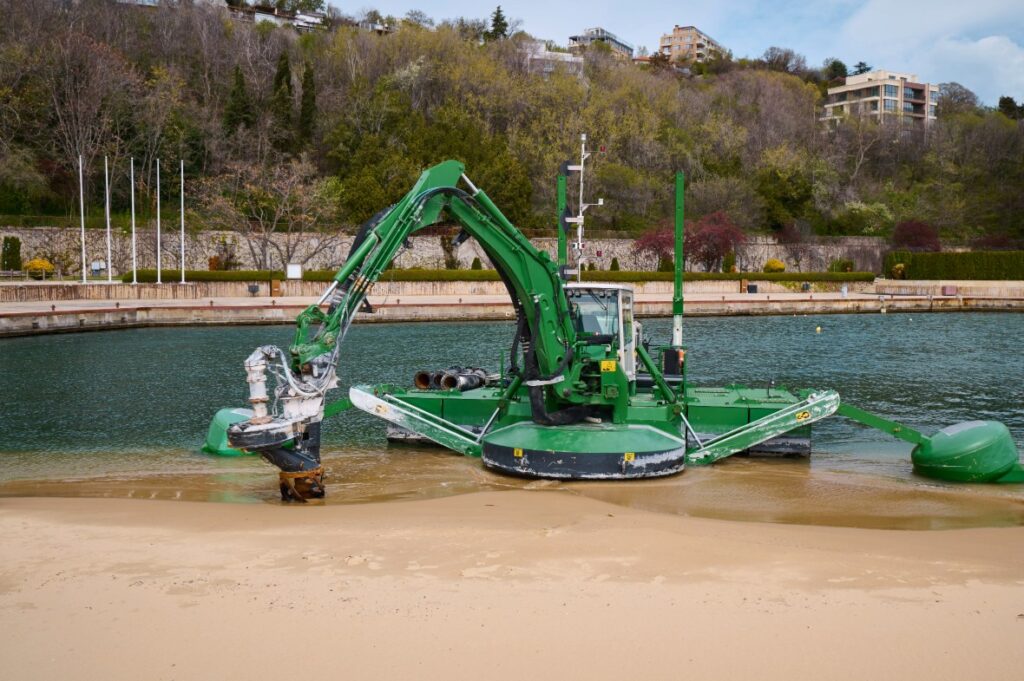
Among the most widely used types of sand dredging equipment, cutter suction dredgers (CSDs) are designed to handle compacted sand and harder soil formations with efficiency. A CSD is equipped with a rotating cutter head at the suction inlet, which loosens and fragments the material before it is pumped through a pipeline using powerful sand pumps. This combination allows CSDs to deliver high production rates while maintaining consistent slurry flow.
CSDs are particularly effective in large-scale projects where precise excavation is necessary, such as river deepening, port and harbor expansion, and land reclamation. They are also frequently employed in mining operations where sand and aggregate recovery require both accuracy and reliability. The pipeline transport capability of this dredging sand equipment enables direct movement of material to disposal areas, reclamation sites, or processing facilities without additional handling.
Operational flexibility is another advantage of cutter suction dredgers. They can operate in a range of soil conditions, from loose sand to compact clay, and can be customized with varying cutter head types to match project demands. This adaptability, combined with the continuous pumping action of sand pumps, makes CSDs a preferred choice for contractors who need both precision and efficiency in demanding dredging environments.
Trailing Suction Hopper Dredgers (TSHDs): Mobile Sand Transporters
Another essential category of sand dredging equipment is the trailing suction hopper dredger (TSHD). Unlike stationary dredgers, TSHDs are self-propelled vessels equipped with long suction pipes that extend to the seabed. These pipes, fitted with drag heads, loosen and lift sand into onboard sand pumps, which transport the slurry into the vessel’s hopper. Once filled, the hopper allows the dredger to transport the sand over long distances and discharge it at designated locations.
TSHDs are highly effective in large-scale projects where mobility and capacity are critical. Common applications include beach nourishment, offshore sand mining, coastal protection, and maintenance dredging of shipping channels. Their ability to operate in open waters and carry significant volumes of dredged material makes them one of the most efficient forms of dredging sand equipment for projects requiring both excavation and transportation.
Flexibility in discharge methods further enhances the utility of TSHDs. Depending on project needs, the dredged sand can be offloaded through bottom doors, side discharge, or via pump-out systems connected to floating pipelines. This versatility allows TSHDs to adapt to varied marine and coastal environments, ensuring continuous operations even in challenging conditions.
Excavator-Based Dredging Sand Equipment: Shoreline and Shallow Water Operations
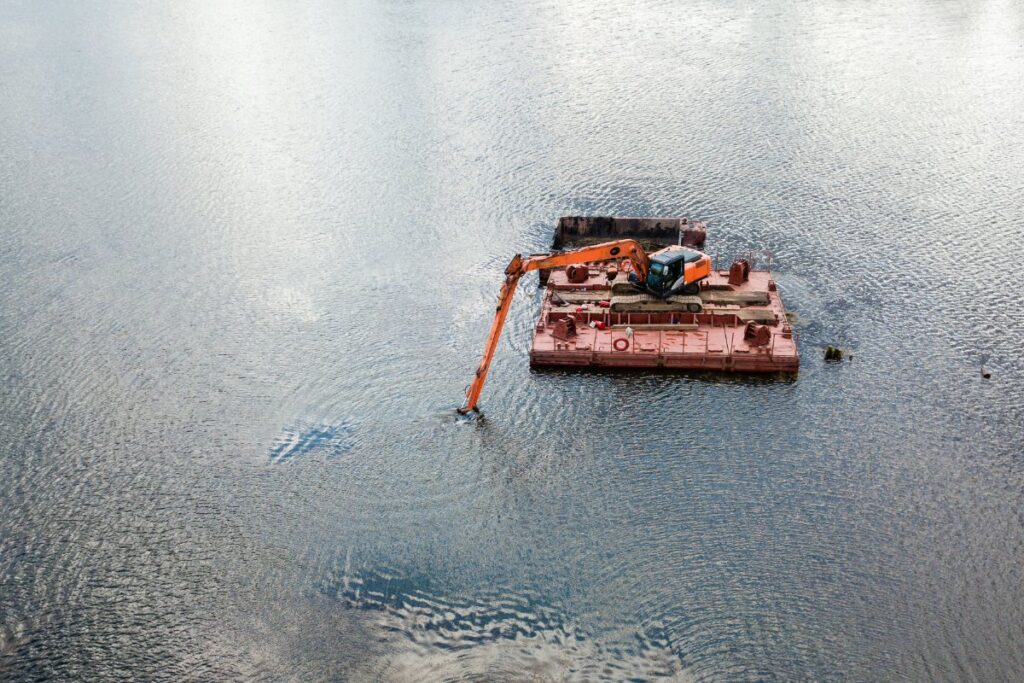
For nearshore projects and shallow water environments, excavator-based sand dredging equipment offers a practical and versatile solution. These systems typically use amphibious excavators, draglines, or long-reach excavators equipped with specialized buckets, clamshells, or cutter attachments to dig and lift sand directly from the bed. Unlike hydraulic dredgers that rely on continuous pumping, excavator-based methods focus on targeted excavation, making them effective for localized projects.
This approach is commonly used in sand pits, riverbank stabilization, shoreline protection, and small-scale land reclamation. Excavator-mounted sand pumps and dredge attachments can also be integrated to combine the precision of mechanical digging with the efficiency of hydraulic transport. Such hybrid systems expand the capabilities of excavators, enabling them to pump slurry directly into pipelines or barges.
The primary advantage of this sand dredging equipment is accessibility. Excavators can operate in confined or shallow areas where larger dredgers cannot reach, and they can be mobilized quickly for emergency works such as flood control or channel clearing. Attachments and undercarriage modifications, like amphibious pontoons, further enhance their adaptability, making them a go-to option for contractors handling diverse dredging environments.
Sand Pumps: The Heart of Hydraulic Dredging Systems
At the core of many hydraulic sand dredging equipment setups are sand pumps, which are specifically engineered to move sand, slurry, and other abrasive materials efficiently. These pumps create a high-velocity flow of water mixed with sand, allowing large volumes of material to be transported through pipelines over considerable distances. Their role is critical in ensuring uninterrupted operations and reducing the need for secondary handling.
There are several types of sand pumps used in dredging projects. Submersible sand pumps are deployed directly on the seabed or riverbed, minimizing suction losses and delivering high efficiency in deepwater operations. Horizontal and vertical slurry pumps, on the other hand, are often mounted on dredgers or booster stations to maintain continuous flow through extended pipelines. The choice of pump depends on factors such as required flow rate, dredging depth, particle size, and the abrasiveness of the material.
Sand pumps are widely applied in river and port maintenance, beach nourishment, mining tailings transport, and barge unloading. Their ability to handle coarse particles and abrasive mixtures makes them indispensable components of dredging sand equipment. Modern designs also incorporate wear-resistant materials and replaceable liners, ensuring longer service life even under harsh conditions. With the right configuration, sand pumps provide the efficiency and reliability needed to keep large-scale dredging projects on schedule.
Booster Stations and Auxiliary Sand Dredging Equipment
In large-scale projects where sand must be transported over extended distances, booster stations play a vital role in maintaining slurry flow and pressure. These stations house additional sand pumps strategically positioned along the discharge pipeline to re-energize the mixture of sand and water. Without booster systems, pumping efficiency drops significantly over long stretches, making them an essential part of modern sand dredging equipment setups.
Auxiliary components are equally important for efficient dredging operations. Floating pipelines and pontoons provide stable transport channels, ensuring that dredged material can move smoothly across rivers, lakes, or coastal zones. Discharge systems, including spreaders and diffusers, help evenly distribute sand in reclamation areas, reducing the risk of uneven deposits. Support equipment such as workboats and winches further enhances the mobility and control of dredging systems, particularly in offshore or high-current environments.
The integration of booster pumps and auxiliary dredging sand equipment allows contractors to scale operations to meet the needs of massive reclamation projects, long-distance pipeline transport, and continuous dredging campaigns. By extending reach and improving consistency, these systems ensure that even the most demanding projects can be completed on time and within budget.
Environmental and Regulatory Considerations in Sand Dredging
While sand dredging equipment enables critical projects in construction, mining, and coastal development, it also poses environmental challenges that must be carefully managed. Removing sand from rivers, lakes, or seabeds can alter natural sediment flow, impact aquatic habitats, and contribute to shoreline erosion if not conducted responsibly. The use of dredging sand equipment, therefore, requires close attention to environmental safeguards and compliance with local and international regulations.
Environmental permits often dictate where and how dredging may occur, specifying limits on dredging depth, operating hours, and disposal methods. These regulations are designed to protect marine ecosystems, fisheries, and water quality. Equipment operators must also implement mitigation strategies such as turbidity control, silt curtains, and careful site selection to minimize ecological disruption.
Advancements in sand pumps and related dredging technologies are helping reduce the environmental footprint of dredging activities. Modern systems are designed for higher efficiency and lower energy consumption, while wear-resistant materials reduce the risk of accidental leaks or breakdowns. Eco-friendly approaches—such as precision dredging and the use of monitoring sensors—are becoming more common, aligning industry practices with stricter environmental standards.
Choosing the Right Sand Dredging Equipment for Your Project
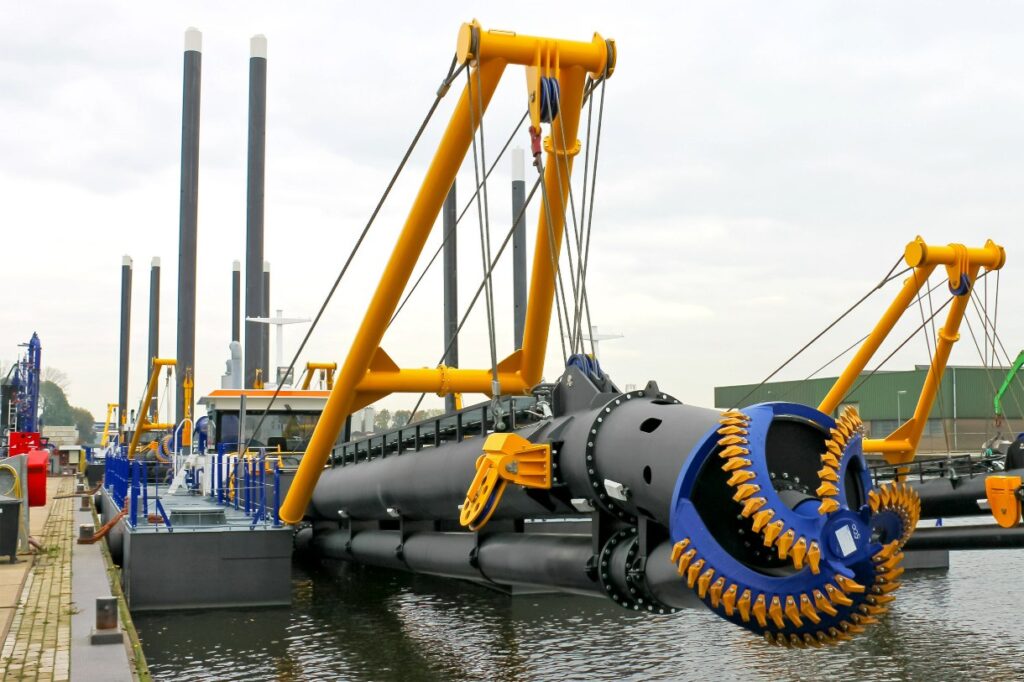
Selecting the appropriate sand dredging equipment is a critical step in ensuring project efficiency, cost control, and long-term success. The choice largely depends on several key factors, including dredging depth, type of material, project scale, and the distance the sand needs to be transported. For example, compacted or hard soils often call for cutter suction dredgers, while projects requiring mobility and large transport capacity may benefit from trailing suction hopper dredgers.
When working in shallow or confined areas, excavator-based sand dredging equipment provides flexibility and rapid deployment. For long-distance transport or continuous operations, sand pumps and booster stations become essential, ensuring consistent slurry flow across extended pipelines. Contractors must also account for wear resistance, particle size handling, and operational costs when evaluating pump systems, as these directly affect productivity and equipment lifespan.
Matching equipment capabilities with project requirements helps minimize downtime, reduce fuel consumption, and improve overall return on investment. In many cases, a combination of systems—mechanical excavation paired with hydraulic pumping—delivers the best balance of precision and efficiency. By carefully analyzing the conditions and objectives of a dredging operation, project managers can select the most effective equipment setup to achieve reliable and sustainable outcomes.
Conclusion: Matching Equipment to Project Demands
The variety of dredging sand equipment available today ensures that every project—from small-scale riverbank work to large offshore reclamation—can be completed with precision and efficiency. Choosing the right combination of machinery, whether excavator-based systems, cutter suction dredgers, trailing suction hopper dredgers, or specialized sand pumps, is the key to meeting both operational and environmental goals. At CA Dredge Pros, we help clients identify the best solutions tailored to their specific dredging challenges. If you’re planning a project and want expert guidance on the right equipment, reach out to us at CA Dredge Pros—we’re here to help you get it done right.


